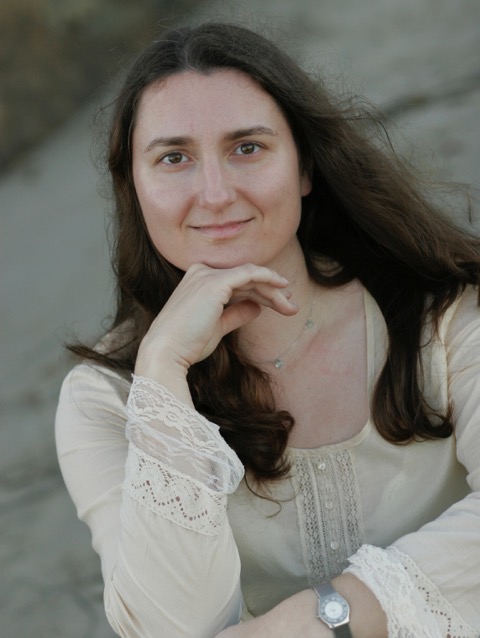Meeting Program — February 2016

Susannah Scott
Duncan and Suzanne Mellichamp Chair in Sustainable Catalysis
Chemical Engineering and Chemistry & Biochemistry
University of California, Santa Barbara
Abstract — The mechanism of spontaneous activation of the Phillips (Cr/SiO2) ethylene polymerization catalyst in the absence of an alkylating co-catalyst is one of the longest-standing problems in heterogeneous catalysis. Experimental and computational evidence has long pointed to organochromium(III) active sites, and the preparation of grafted (SiO)2CrCH(SiMe3)2 sites by the reaction of Cr[CH(SiMe3)2]3 with partially dehydroxylated silica supports this conclusion. However, a plausible mechanism for their formation from the interaction of chromate and ethylene alone remains to be found. A key issue is the incommensurate nature of the required redox reactions, since Cr(VI) must be reduced by an odd number of electrons (three), while only closed-shell organic oxidation products are detected. For the CO-reduced catalyst, Cr K-edge XANES, EPR and UV-vis spectroscopies are consistent with initial step-wise reduction of Cr(VI) in two-electron steps, first to Cr(IV), and ultimately to Cr(II). According to Cr K-edge EXAFS and UV-vis spectroscopy, the Cr(II) sites have a coordination number higher than two, most likely through interaction with neighboring siloxane oxygens. After removal of adsorbed CO, the Cr(II) sites react with ethylene in an overall one-electron redox reaction to generate organochromium(III) sites and organic radicals.
Biography — Scott received her B.Sc. in Chemistry from the University of Alberta (Canada) in 1987, and her Ph.D. in Inorganic Chemistry from Iowa State University in 1991, where she worked with J. Espenson and A. Bakac on the activation of O2 and organic oxidation mechanisms. She was a NATO Postdoctoral Fellow with Jean-Marie Basset at the Institut de recherches sur la catalyse (CNRS) in Lyon, France, before joining the faculty of the University of Ottawa (Canada) in 1994 as an Assistant Professor of Chemistry. She held an NSERC Women’s Faculty Award, a Cottrell Scholar Award, a Union Carbide Innovation Award and was named a Canada Research Chair in 2001. She moved to the University of California, Santa Barbara in 2003, where she is currently holds the Duncan and Suzanne Mellichamp Chair in Sustainable Catalysis, with joint faculty appointments in both Chemical Engineering and Chemistry & Biochemistry. She directs the NSF-sponsored Partnership for International Research and Education in Electron Chemistry and Catalysis at Interfaces, a collaborative research program involving UCSB and several prominent catalysis research groups in China. Her research interests include surface organometallic chemistry, olefin polymerization, nanomaterials, biomass conversion, environmental catalysis and the development of new kinetic and spectroscopic methods to probe reaction mechanisms at surfaces. In 2013, Scott became an Associate Editor for the journal ACS Catalysis.